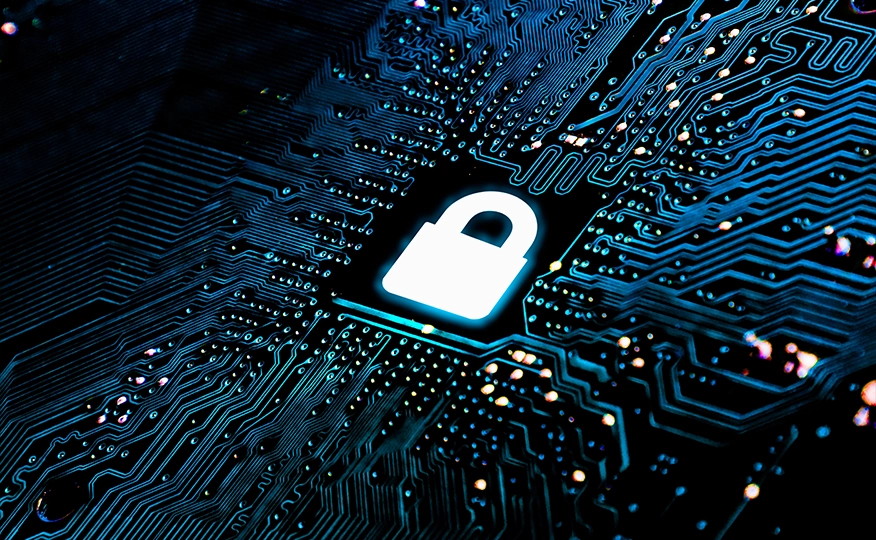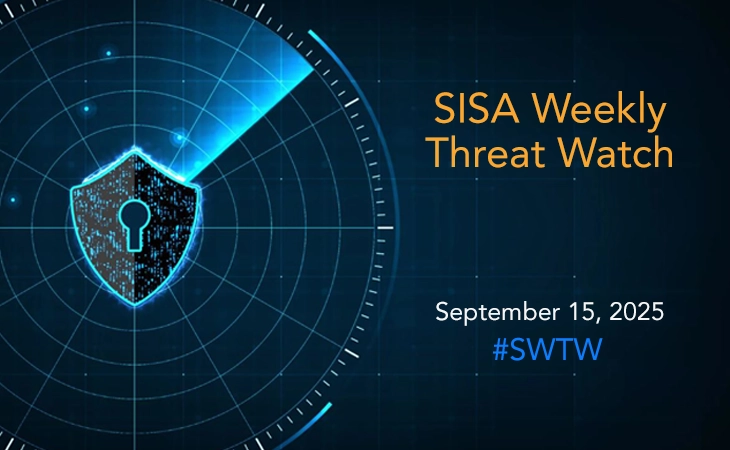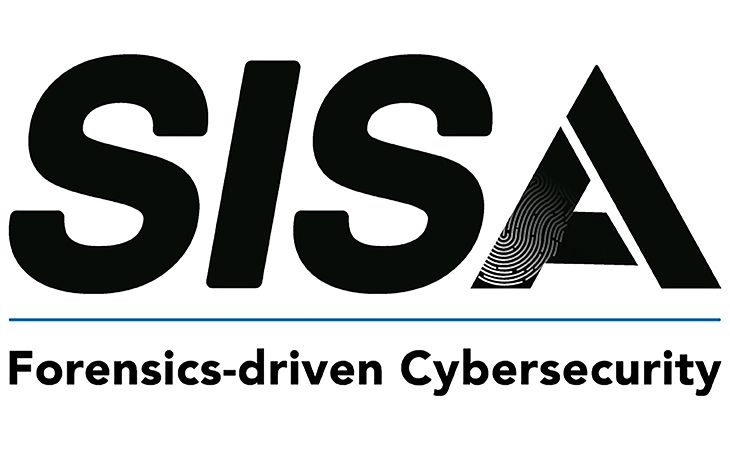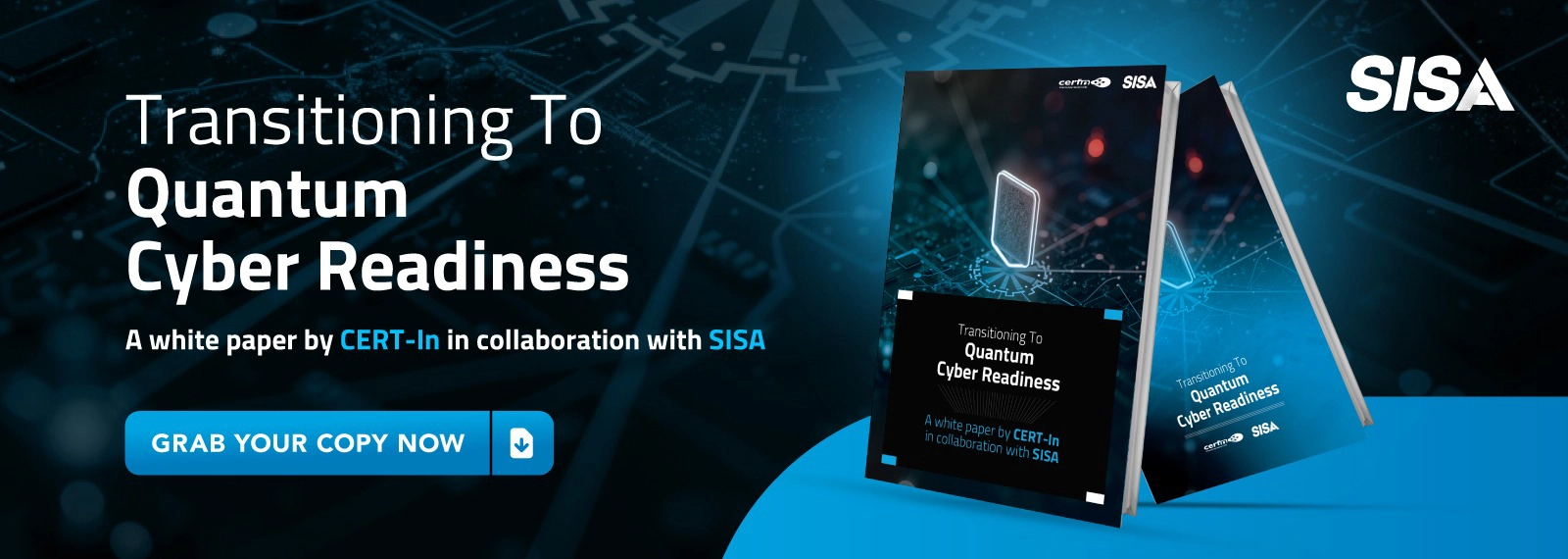
Incident Response For Ransomware: Step-by-Step Process
In today’s digital landscape, ransomware attacks have become one of the most devastating cyber threats organizations face. These attacks involve malicious software that encrypts files and systems, holding them hostage until a ransom is paid. The consequences extend far beyond financial losses, including operational downtime, reputational damage, and potential regulatory penalties. The global surge in ransomware incidents has made effective incident response not just advisable but essential for organizational survival.
The complexity of ransomware incidents demands more than just technical solutions—it requires a coordinated, strategic approach to incident response. An effective ransomware incident response plan can mean the difference between a contained security event and a catastrophic business disruption. This comprehensive guide provides a step-by-step process for responding to ransomware attacks, incorporating best practices from leading cybersecurity authorities to help organizations navigate these challenging scenarios.
Pre-Incident Preparation Phase
Develop a Comprehensive Incident Response Plan
The foundation of effective ransomware response begins long before any attack occurs. Organizations should create a detailed incident response plan specifically addressing ransomware scenarios. This plan must define clear roles and responsibilities for incident response team members, establish communication protocols for internal and external stakeholders, and outline procedures for engaging law enforcement and regulatory bodies. The plan should be regularly reviewed and updated to address the evolving ransomware threat landscape.
Implement Preventive Security Measures
Proactive security measures significantly reduce the risk of successful ransomware attacks. These include maintaining regular, verified backups stored offline or in immutable storage to prevent encryption; promptly patching operating systems and applications to address known vulnerabilities; implementing security awareness training to help employees identify phishing attempts; and applying the principle of least privilege to limit users’ ability to install or run unauthorized software. Additionally, organizations should employ endpoint detection and response (EDR) tools, enable strong spam filters, and configure firewalls to block access to known malicious IP addresses.
Conduct Regular Exercises and Simulations
Tabletop exercises and simulated ransomware attacks are invaluable for testing incident response capabilities. These exercises help identify gaps in the response plan, familiarize team members with their roles during high-stress situations, and build muscle memory for executing response procedures effectively. Regular testing also provides opportunities to validate backup restoration processes and assess the organization’s ability to maintain critical operations during an incident.
Detection and Analysis Phase
Identify Signs of Compromise
Early detection of ransomware activity is crucial for minimizing impact. Common indicators include unusual system behavior such as slow performance, inexplicable data loss, or unexpected system shutdowns; users reporting they cannot access files or encountering ransom notes; alerts from security tools like antivirus, EDR, or intrusion detection systems; and suspicious network activity such as unexpected connections to known malicious IP addresses. Security teams should also look for signs of precursor malware which often precede ransomware deployment.
Immediately Activate Incident Response Team
Upon detecting a potential ransomware incident, immediately activate the incident response team according to predefined protocols. The team should begin by documenting everything from the initial detection moment, including all observations, actions taken, and potential indicators of compromise. This documentation will be valuable for both the investigation and any subsequent legal or regulatory requirements.
Determine Scope and Impact
Conduct a rapid assessment to determine which systems, networks, and data are affected. Identify the specific ransomware variant involved, as different variants may require different response strategies. Prioritize critical systems essential for health, safety, and revenue generation, and assess whether data exfiltration has occurred in addition to encryption, as this significantly changes the nature of the incident.
Containment Strategies
Isolate Affected Systems
Immediate isolation of compromised systems is essential to prevent ransomware from spreading across the network. This can involve disconnecting Ethernet cables, disabling Wi-Fi or Bluetooth adapters, taking networks offline at the switch level, and isolating cloud resources. For especially aggressive ransomware variants, consider powering down devices if unable to disconnect them from the network, though this should be a last resort as it may destroy volatile evidence.
Implement Short-Term Containment Measures
Short-term containment strategies may include disabling all privileged user accounts except for a minimal set needed for response; resetting critical passwords to invalidate stolen credentials; deploying Group Policies to prevent privileged sign-in to anything but domain controllers and administrative workstations; and isolating known good domain controllers and critical application servers to preserve recovery capabilities.
Preserve Evidence for Investigation
Before attempting cleanup or recovery, preserve evidence that might be valuable for investigation. This includes taking system images and memory captures of a sample of affected devices, collecting relevant logs, and preserving samples of any precursor malware binaries and associated indicators of compromise. This evidence can help identify the attack vector, prevent future incidents, and potentially support law enforcement investigations.
Eradication and Recovery Phase
Remove Ransomware Completely
Eradication involves removing all traces of ransomware from the environment. This may include using specialized malware removal tools, deleting malicious registry values and files, and identifying and patching the vulnerabilities that allowed the initial compromise. Ensure complete removal by conducting thorough scans across all systems, including those not initially showing signs of infection, as sophisticated ransomware may lay dormant in some systems.
Restore Systems from Clean Backups
Once the environment is clean, begin restoring systems based on prioritization of critical services. Use pre-configured standard images where possible, and leverage infrastructure-as-code templates to rebuild cloud resources. Validate the integrity of restored data to ensure it is complete, accurate, and free from malware before bringing systems back online. Implement additional monitoring on restored systems to detect any signs of persistent compromise.
Strengthen Security Before Full Restoration
Before returning restored systems to production, strengthen their security posture to prevent reinfection. This includes applying all missing security updates for operating systems and applications; implementing enhanced security configurations; changing all affected passwords and authentication keys; and addressing identified security gaps that were exploited in the initial attack.
Post-Incident Activities
Conduct Thorough Lessons Learned Analysis
After restoring operations, conduct a comprehensive post-incident review involving all response team members and key stakeholders. This analysis should identify what worked well in the response, what challenges were encountered, and what improvements can be made to the incident response plan. Document all lessons learned and update policies, procedures, and security controls accordingly.
Implement Long-Term Security Improvements
Based on lessons learned, implement long-term security enhancements such as network segmentation to limit lateral movement; multi-factor authentication for all privileged access; regular vulnerability scanning and penetration testing; implementation of zero-trust principles; and enhanced monitoring and logging capabilities. These measures can significantly reduce the risk of future ransomware incidents and improve the organization’s overall security posture.
Address Legal and Communication Requirements
Fulfill all legal and regulatory obligations, including notifying appropriate authorities and, if necessary, affected individuals. Work with communications and public information personnel to ensure accurate information is shared internally with employees and externally with customers, partners, and the public. Coordinate with legal counsel to understand potential liability issues and ensure proper documentation of the incident and response efforts.
FAQs
What should be the first step when discovering a ransomware attack?
The first step when discovering a ransomware attack is to immediately isolate affected systems from the network to prevent further spread. This can be done by disconnecting Ethernet cables, disabling Wi-Fi and Bluetooth, and unplugging any external devices. Once contained, activate your incident response team and begin documentation of all observed indicators.
Should organizations pay the ransom if hit by ransomware?
Most government authorities and cybersecurity experts advise against paying ransoms, as there is no guarantee that files will be recovered, and payment encourages further criminal activity. In some cases involving sophisticated ransomware variants, victims may not be able to recover their data without paying, but each organization must make this decision based on their unique circumstances and in consultation with legal counsel.
How can organizations prevent ransomware attacks from spreading?
Organizations can prevent ransomware from spreading by implementing network segmentation to limit lateral movement; applying the principle of least privilege to restrict user permissions; maintaining updated endpoint protection on all devices; disabling unnecessary services and ports; and implementing robust monitoring to detect unusual file encryption activity.
What are the most common infection vectors for ransomware?
The most common ransomware infection vectors include phishing emails with malicious attachments or links; drive-by downloads from compromised websites; exploitation of vulnerabilities in internet-facing systems; remote desktop protocol (RDP) compromises through brute-force attacks or credential theft; and malicious USB drives or other removable media.
How often should backups be tested for ransomware recovery?
Backups should be tested regularly to verify their integrity and restoration capability. Organizations should conduct comprehensive backup tests at least quarterly, or whenever significant changes are made to the IT environment. Maintaining offline, encrypted backups of critical data and regularly testing them ensures rapid recovery without paying ransom.
Conclusion
Ransomware represents a clear and present danger to organizations of all sizes and across all sectors. The step-by-step incident response process outlined in this article provides a framework for effectively managing these challenging events. From preparation and detection through containment, eradication, and recovery, each phase plays a critical role in minimizing the impact of an attack.
Remember that ransomware response doesn’t end with system restoration. The post-incident phase offers valuable opportunities to strengthen defenses and improve future response capabilities. By learning from each incident and continuously refining policies, procedures, and technical controls, organizations can build resilience against the evolving ransomware threat.
Ultimately, the key to successful ransomware incident response lies in preparation, practice, and rapid execution. Organizations that invest in developing comprehensive response capabilities before an attack occurs will be far better positioned to navigate the challenges of a ransomware incident and emerge with minimal disruption to their operations and reputation.
Latest
Blogs
Whitepapers
Monthly Threat Brief
Customer Success Stories
 USA
USA India
India APAC
APAC Middle East
Middle East Global
Global






 Facebook
Facebook Linkedin
Linkedin  X
X Youtube
Youtube







